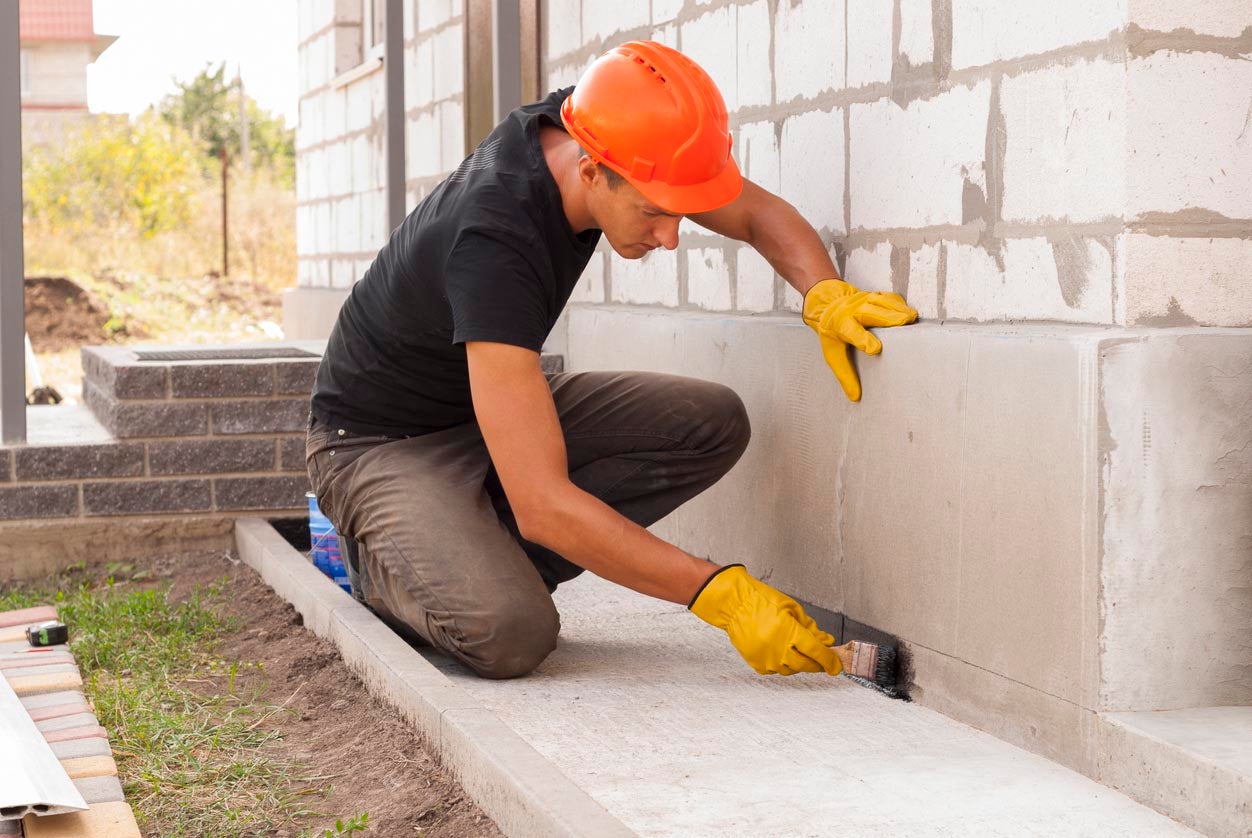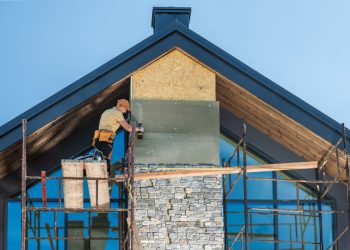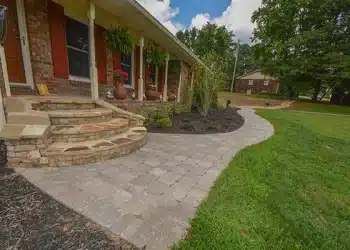Table of Contents
A wet or leaky basement can be a homeowner’s nightmare, leading to costly repairs and potential damage to valuable belongings. Basement waterproofing is a crucial step in maintaining a dry and healthy home. In this comprehensive guide, we will provide you with ten essential tips for basement waterproofing. From identifying water entry points to selecting the right materials and ensuring proper drainage, these tips will help you protect your basement from water damage and create a safe, dry space.
1. Identify Common Water Entry Points:
Understanding where water typically enters your basement is key to effective waterproofing. Common entry points include cracks in the foundation walls, gaps around pipes or utility lines, window wells, and the basement floor. Thoroughly inspect these areas to locate potential vulnerabilities.
2. Seal Foundation Cracks:
Cracks in the foundation walls are a major source of water intrusion. Use a high-quality concrete sealant or hydraulic cement to fill these cracks and prevent water from seeping in. Larger cracks may require professional repair, so consult with an expert if needed.
3. Install Window Well Covers:
Window wells are susceptible to water accumulation, especially during heavy rainfall. Install sturdy covers or grates to keep leaves, debris, and rainwater from entering the window wells and potentially flooding your basement.
4. Opt for Exterior Waterproofing:
Consider exterior waterproofing methods, such as applying a waterproof membrane or coating to the exterior foundation walls. This helps create a barrier against water intrusion, preventing it from reaching the interior walls and basement.
5. Utilize Interior Waterproofing Systems:
Interior waterproofing involves creating a barrier on the inside of your basement to manage water. This can include using waterproofing paints or coatings on the interior walls, applying sealants to floor cracks, and installing a drainage system or sump pump to collect and redirect water away from the foundation.
6. Choose Appropriate Waterproofing Materials:
Selecting the right waterproofing materials is crucial for long-lasting protection. Use high-quality sealants, waterproofing paints, coatings, and membranes that are specifically designed for basement applications. Research product reviews and consult professionals if unsure about the best options for your specific needs.
7. Ensure Proper Drainage:
Proper drainage is vital to prevent water buildup around your foundation. Grade the soil away from the house to encourage water flow, install downspout extensions to direct water away from the foundation, and consider installing a French drain system to collect and divert water.
8. Keep Gutters and Downspouts Clear:
Regularly clean and maintain your gutters and downspouts to prevent blockages that can lead to water overflow and potential basement flooding. Remove leaves, debris, and ensure downspouts are securely attached and directing water away from the foundation.
9. Address External Landscape Issues:
Inspect your yard’s landscape for potential water-related issues. Ensure that the ground slopes away from the foundation, preventing water from pooling against the walls. Consider installing proper landscaping features such as swales, berms, or gravel trenches to redirect water away from your home.
10. Monitor and Maintain Regularly:
Basement waterproofing is not a one-time fix. Regularly inspect your basement for signs of moisture, mold, or water damage. Test your sump pump periodically and keep it well-maintained. Address any issues promptly to prevent further damage.
Conclusion:
Basement waterproofing is a crucial step in protecting your home and ensuring a dry, usable space. By implementing these ten essential tips, you can significantly reduce the risk of water intrusion, mold growth, and structural damage. Remember to address both exterior and interior vulnerabilities, choose the right materials, and maintain proper drainage. With proper waterproofing, you can enjoy a dry, comfortable basement for years to come.







